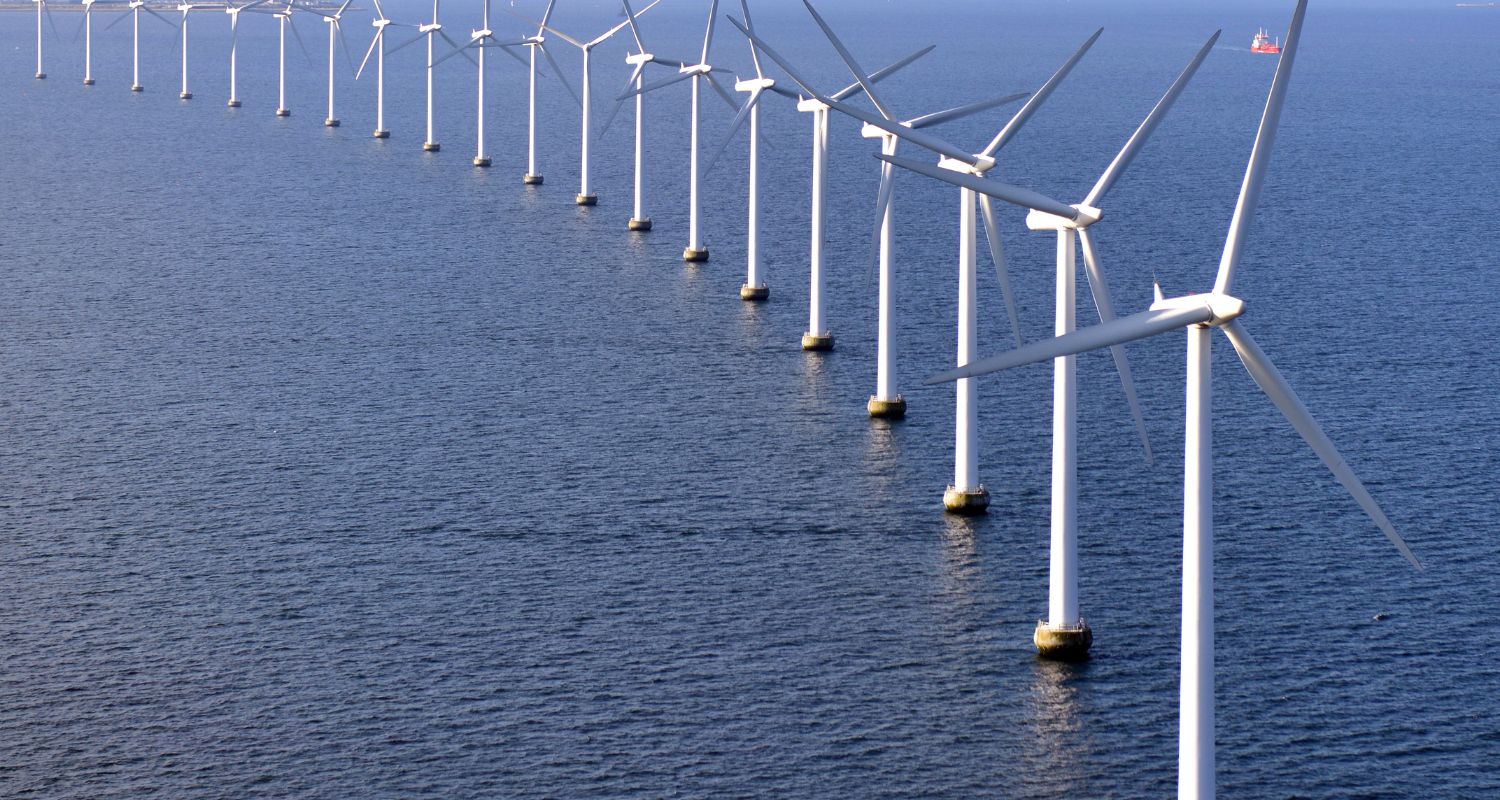
Season 5, Post 15: Not quite full speed
Anyone living in London will be aware that Spring has been a long time coming, as your author can attest. Last week saw wind speeds reach over 40 miles per hour. The good news, at least, from these less than pleasant climactic conditions is that wind and solar now produce 12% of global electricity. In the UK, there are theoretically enough turbines in place to power almost all the country’s needs.
Some might regard a turbine as a thing of beauty, or at least an architectural wonder. To keep with the London-centric theme of this piece, the largest currently have blades as long as Big Ben is tall, with an arc wider than the Millennium Wheel. Few people want such monster turbines blighting their bucolic British landscapes and so they are increasingly being built offshore. Wind speeds are often faster here, and project developers can benefit from scale economics. The largest turbines located off the Yorkshire coast at Dogger Bank can power an average UK household for two days with just one sweep of their blades.
Given the growing importance of wind – and especially offshore – in the energy mix for many countries, we had the chance recently to speak with one of the industry’s experts on this topic. Now working for a consultancy, our contact spent many years in offshore project development, primarily for European utilities. He described how offshore wind “initially surprised everyone” in terms of how quickly like-for-like costs versus other renewable sources came down, and rollout correspondingly accelerated. However, he also noted that growth had stalled, given the growing industry realisation that “offshore wind is not an easy game”, particularly relative to onshore.
The main issue for offshore project developers is simply that they are dealing with “a massive piece of infrastructure.” Before construction even begins, permitting can be a lengthy progress which may need to take in a detailed analysis of soil conditions (where the turbines would be bedded) and environmental campaigns relating to species consideration. This process can take up to five years. Once the green light is given here, the next stage is to start building. Supply chain shortages have been well-documented elsewhere but are particularly profound for offshore owing to the complexity of the materials required for the construction of the foundations and the lack of available installation vessels. Many industry stakeholders are lobbying governments to accelerate the permitting process (also an issue in the onshore world). We believe this is necessary but will take time. The industry is still some way from reaching full speed.
20 April 2023
The above does not constitute investment advice and is the sole opinion of the author at the time of publication. Past performance is no guide to future performance and the value of investments and income from them can fall as well as rise.
Click here to view all Blog posts.
Alex Gunz, Fund Manager
Disclaimers
The document is provided for information purposes only and does not constitute investment advice or any recommendation to buy, or sell or otherwise transact in any investments. The document is not intended to be construed as investment research. The contents of this document are based upon sources of information which Heptagon Capital LLP believes to be reliable. However, except to the extent required by applicable law or regulations, no guarantee, warranty or representation (express or implied) is given as to the accuracy or completeness of this document or its contents and, Heptagon Capital LLP, its affiliate companies and its members, officers, employees, agents and advisors do not accept any liability or responsibility in respect of the information or any views expressed herein. Opinions expressed whether in general or in both on the performance of individual investments and in a wider economic context represent the views of the contributor at the time of preparation. Where this document provides forward-looking statements which are based on relevant reports, current opinions, expectations and projections, actual results could differ materially from those anticipated in such statements. All opinions and estimates included in the document are subject to change without notice and Heptagon Capital LLP is under no obligation to update or revise information contained in the document. Furthermore, Heptagon Capital LLP disclaims any liability for any loss, damage, costs or expenses (including direct, indirect, special and consequential) howsoever arising which any person may suffer or incur as a result of viewing or utilising any information included in this document.
The document is protected by copyright. The use of any trademarks and logos displayed in the document without Heptagon Capital LLP’s prior written consent is strictly prohibited. Information in the document must not be published or redistributed without Heptagon Capital LLP’s prior written consent.
Heptagon Capital LLP, 63 Brook Street, Mayfair, London W1K 4HS
tel +44 20 7070 1800
email [email protected]
Partnership No: OC307355 Registered in England and Wales Authorised & Regulated by the Financial Conduct Authority
Heptagon Capital Limited is licenced to conduct investment services by the Malta Financial Services Authority.



